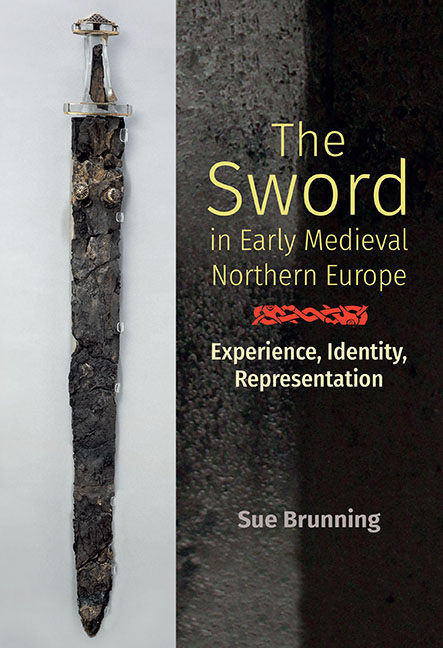Introduction: Swords in Mind
Published online by Cambridge University Press: 27 March 2020
Summary
Every culture that has made and used swords has viewed them as extraordinary objects. They feature prominently in the history, cosmology and mythology of communities across the globe, from Africa to northern Europe, from East Asia to the Indian sub-continent. Their appeal is not solely attributable to humanity's timeless fascination with death. This is clear from the spectrum of meanings attached to swords across time and space, encompassing power, wisdom, joy, protection – and fear. The interest has not faded from the mind today, long after these weapons were in general use on the battlefield. Swords are everywhere in modern popular culture, serving the plots of books, graphic novels, computer games, television and films – including some of the most successful ever made. Countless websites and internet forums discuss them online. They have been the subject of museum exhibitions and galleries, and even have entire museums devoted to them.
In Britain, the significance of swords has ancient roots. Here, the earliest bladed artefacts interpretable as swords emerged in the Bronze Age during the second millennium BCE. Most derive from ritually-charged contexts: a pattern that continued into the Early Middle Ages when swords were placed in graves, bodies of water and hoards. In Anglo-Saxon England, swords are among the most complicated and decorative objects to survive, representing the union of many parts, materials, processes and craftspeople. That they were cherished and curated over time is plain not only from wear and repairs to their features, but also from their rarity as stray finds, suggesting that they were hardly ever lost, discarded or left behind. Despite these signs of social complexity, swords have been viewed primarily as elite status symbols. This is true of the early antiquarians who marvelled at the weapons they dug from graves, and it remains a feature of scholarship today. Only in recent years has research delved more deeply into the meanings of this particular weapon during this particular period, so that a more holistic understanding is finally nascent. One catalyst was the discovery of the Staffordshire Hoard in 2009, an unprecedented assemblage of early Anglo-Saxon metalwork uniquely dominated by sword fittings.
- Type
- Chapter
- Information
- The Sword in Early Medieval Northern EuropeExperience, Identity, Representation, pp. 1 - 17Publisher: Boydell & BrewerPrint publication year: 2019



